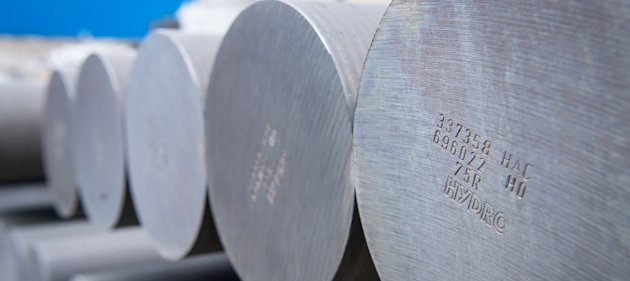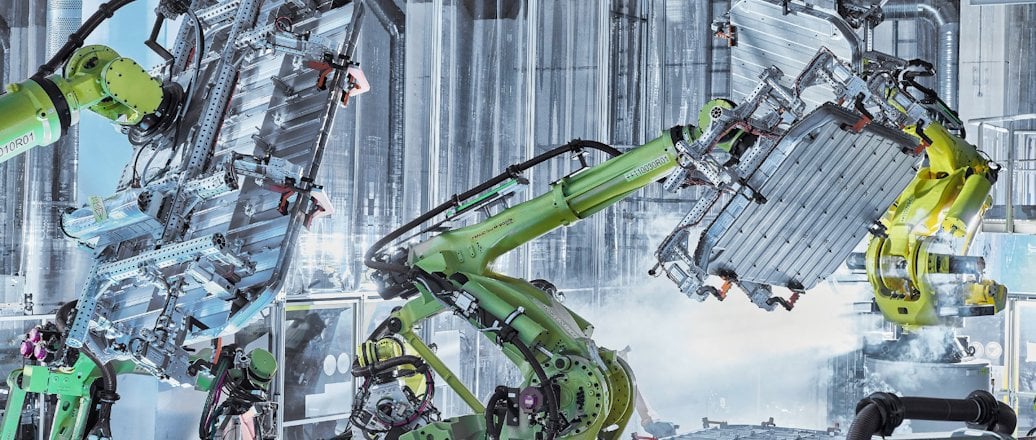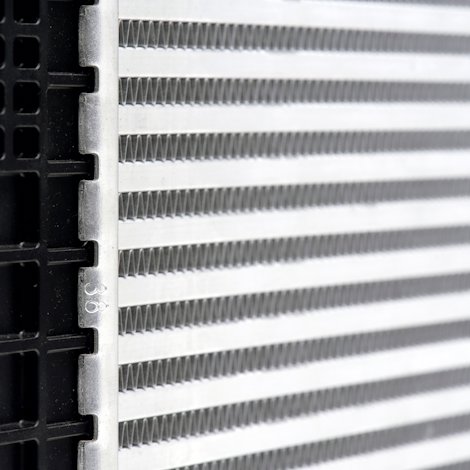Why carbon footprint is important in the build phase of automobiles
I am convinced that car manufacturers are going to place more emphasis on the actual carbon footprint of the materials used to build their cars, and that this will underpin their materials selection process. No longer will they base their material selection solely on cost and properties.
Lightweighting has been accelerating in the face of stringent measures to curb exhaust emissions in cars that run on internal combustion engines (ICEVs). Reducing fuel consumption and thus greenhouse gas emissions have driven this development, because lighter cars improve fuel economy.
But the future is going toward battery-electric vehicles (BEVs), and these do not have to worry about fossil fuel consumption or greenhouse gas emissions in the use phase.
As the renewable energy share in a typical European grid has grown considerably in recent years, the total emissions from a BEV in a life-cycle perspective are significantly less than its ICEV counterpart. Still, they have their own weight worries, because BEVs normally are heavier than their ICEV counterparts – about 16% heavier in the case of a Volkswagen E-Golf – and because consumers want the freedom to take long drives on a single charge.
Renewed focus on body concepts and materials selection
Consequently, the carbon footprint of the car production increases in relevance as compared to direct tailpipe emissions and indirect emissions due to energy production. While the production phase of a C-class ICEV contributes to around 25% of the total emissions after 150 000 km, it contributes to close to 100% of the total emissions for a BEV being charged from a grid based on renewable energy, for example as in Norway. In Germany with close to 50% renewable share, the production phase still accounts for around 60% of the total emissions. Focus will then inevitably shift towards carbon footprint of the raw materials used to produce the vehicle.
Furthermore, OEMs are investigating new weight-saving potentials to compensate for the weight of the battery pack and to strengthen the main structure of the car, such that the structure can absorb increased dynamic and crash loads. This is leading to renewed focus on body concepts and materials selection, with the industry moving fast toward multi-material design concepts.
This is why I believe OEMs are going to change their decision-making process with regard to material selection, a process that has been based solely on cost and properties. Instead, they will base their decisions on cost, performance and the carbon footprint of the raw materials, covering extraction and production.
Lightweight design in a life-cycle perspective
Let’s get back to life-cycle perspective and look at electric cars, and more specifically, at e-cars that use electricity based on renewable sources.
In such cars, virtually the entire carbon footprint from a life-cycle perspective will come from the production phase, mainly raw materials. Lightweighting technologies must therefore be evaluated from an LCA perspective to define the ecological impact of each vehicle. And this in itself represents an enormous opportunity in materials innovation.
One kilogram of aluminium typically has a higher carbon impact in the production phase than one kg of steel. But considering the fact that aluminium is three times as light as steel, comparing carbon footprint per kg of raw material is not really relevant. In addition, one needs to consider secondary benefits because weight saving of a primary component offers the opportunity to realize secondary weight savings in, for example, drive train and car structure.
A lightweight design leading to overall weight saving will compensate for much of the difference in the material production phase. Furthermore, taking the reduced energy consumption in the use phase into consideration, the lightweight design will often have a superior footprint in a life-cycle perspective.
In such a picture, the case for low-carbon aluminium is even more convincing as the sustainable alternative par excellence, leading to footprint reduction both in the production and use phases.

Benefits of low-carbon aluminium
Primary aluminium production is energy intensive, more so than steel. The carbon footprint of aluminium depends therefore to a great extent on the energy sources used in the production process.
The aluminium global average is estimated to have a global warming potential of around 17 kg CO2 equivalents per kg of primary aluminium. This has been mainly driven by the large expansion of Chinese aluminium production capacity, which is to a large degree based on coal.
Aluminium produced in Europe, however, has an average global warming potential of 6.7 kg CO2e/kg Al. This makes sense for automotive use. But a better option to achieve optimum life-cycle sustainability is using certified low-carbon or greener aluminium with global warming potential of 3-4 kg CO2e/kg Al.
Furthermore, aluminium based on recycling post-consumer scrap offers the opportunity to reach a level of 2 kg CO2e/kg Al already today, without compromising alloy properties.








